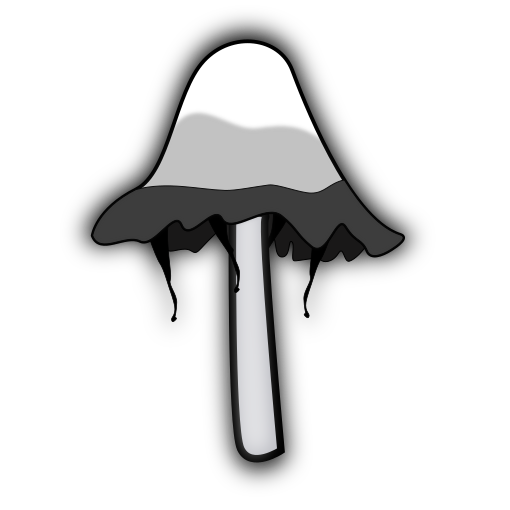I’m just a person who does mycology for fun.
- 30 Posts
- 188 Comments
Amazing photo!

 2·10 days ago
2·10 days agoLooks Gloeophyllum sepiarium the “rusty gilled polypore” or “conifer mazegill”.
That’s why Frank Grimes called it “a palace”.

 12·22 days ago
12·22 days agoNo need to worry about your herbs, it’s just a mushroom growing on your potting soil and helping to break it down which may actually make nutrients more available for your plants.
Those photos are pretty blown out but from your description I bet the mushroom is the flowerpot parasol Leucocoprinus birnbaumi. They’re pretty harmless though you shouldn’t eat them or anything.
Well boletes are another easy one to get into, if you follow the “no red pores or blue stains” rule you avoid all the poison/bitter ones.
This one is likely Leccinum insigne.

 2·23 days ago
2·23 days agoAh the scale wasn’t obvious to me, that’s really interesting.

 2·23 days ago
2·23 days agoThere’s white powder all over the tops of the caps at the bottom of the photo which is most likely spores.
That’s a nice one, did you eat it? I hear they cause GI issues for some people?

 2·25 days ago
2·25 days agoMaybe Clavulina sp. they often get infected with another fungus that turns them grey.

 2·25 days ago
2·25 days agoIt might not be a puffball, Amanitas often look similar before their universal veil breaks and I know of at least one Amanita with a yellow veil (Amanita augusta).
Probably one of the C. comatus varieties since it’s the typical size in the typical habitat.
Identifying most other Coprinus to species is pretty specialized knowledge in the first place and your post doesn’t have nearly enough information to do so. At the very least we’d need the location and closer photos including a cross section since that’s the only way to see the gills on a Coprinus.

 1·1 month ago
1·1 month agoLet me help you feel a little more qualified, understanding different veil types and how they tear is a great way to level up you ID skills.
G. marginata has a fibrilose membranous partial veil which often leaves a persistent ring or a noticeable line on the stem.
The remnant in your photo looks like it came from a cobweb veil/cortina which is fleeting and doesn’t leave much of a mark on the stem.
Here’s a photo from Alan Rockefeller that shows some Galerina marginata with intact veils and veils that are beginning to tear.

The veils often wear off and don’t leave much of a remnant but they probably wouldn’t leave a single cobwebby strand like that with no color variation on either stem.
For comparison, here’s a Cortinarius sp. with a thick cortinate partial veil:

And here Hypholoma capnoides which is has a pseudo-cortinate veil somewhere in between a membranous veil and a cortina:

There are other species in Galerina and other genera with effervescent cobweb veils so this is a good clue you probably found one of those rather than G. marginata. Not that I blame you for not wanting to learn the subtleties between LBMs, mycologists didn’t want to either which is why they shoved them all in Galerina and why the genetic data is now telling us that Galerina needs to be split into something like five genera.

 2·1 month ago
2·1 month agoI see what looks like a remnant of a cortina on the one on the right which would mean it’s not Galerina marginata. The one on the left doesn’t have the strongest ring zone either.

 4·1 month ago
4·1 month agoLooks like some kind of Tricholoma despite the brown gills. Maybe something in the T. pessundatum group which is supposed to have gills that stain brown.

 3·1 month ago
3·1 month agoSmall ones are definitely Scutellinia sp., the brown one looks more like a woodear to me (Auricularia americana) but it could probably be a lot of things.
Perhaps something like Collybia rivulosa (recently changed from Clitocybe rivulosa).
It looks like it could be a dried out wavy cap (Psilocybe cyanescens) but it’s hard to say for sure.

 2·1 month ago
2·1 month agoThose are usually more orange, this just looks like a Peziza sp. to me.

 11·1 month ago
11·1 month agoThis is the way, “reverse-seared”.



Start with an oyster grow kit, oysters are pretty foolproof because of how aggressive they are.
Don’t get golden oysters, those are too aggressive and are escaping and becoming invasive.